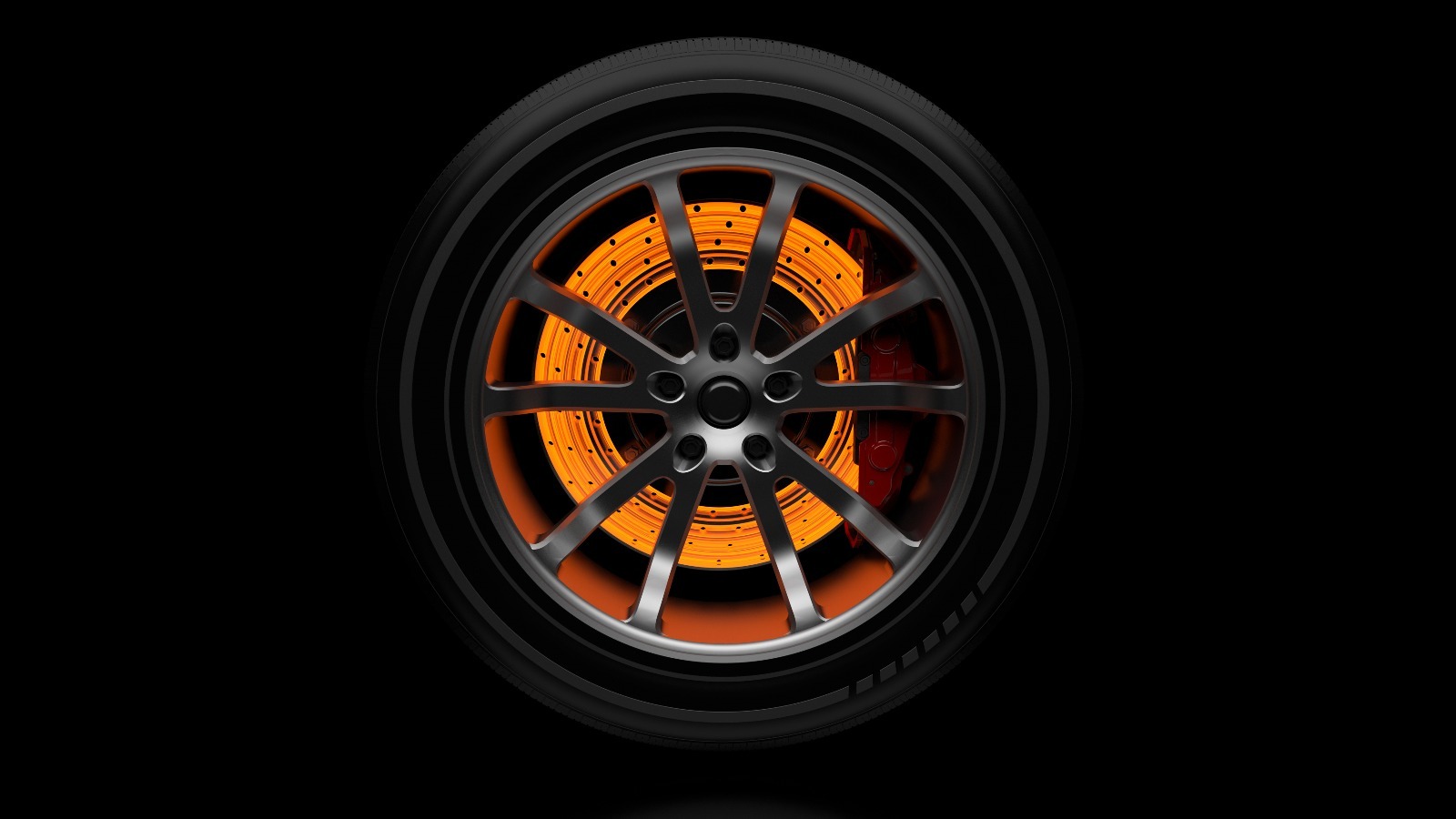
The most common type of brake fade is when your brakes lose effectiveness because a layer of gas prevents the brake pads from properly gripping the rotors. This gas comes from a breakdown of the brake pads’ materials — primarily resin. As the resin deteriorates, it releases a gas that could film the rotor and reduce contact. That’s why some brake pads have slots that allow the gas to escape. Consider replacing your brake pads yourself if you notice that the ones mounted on your vehicle don’t have slots.
There’s also another type of brake fade called fluid fade. Remember how we mentioned earlier that cars use a hydraulic system to activate the brake calipers? Well, that fluid in the hydraulics can boil and reduce the effectiveness of that system. Because brake fluid is hygroscopic, it’s designed to absorb water and moisture, reducing its boiling point and increasing the likelihood of brake fade.
Lastly, braking power is lost when you drive in wet or humid conditions. This can snowball into what some refer to as “water fade,” which is essentially another type of brake fade. Here, water could seep between the pads and the rotors, get trapped, and reduce the grip between the two surfaces.

